The new financial year begins on 1 July, along with a raft of changes to government payments including the minimum wage, Centrelink indexing, and paid parental leave.
Let's run through them.
Minimum wage
The national minimum wage will grow by 3.5%, increasing to $24.95 an hour (up from $24.10) or $948 for a 38-hour week.
The boost will see around 2.9 million Australian workers on award and low wages receive a pay rise.
Superannuation contributions
Employers' contributions to their employees' superannuation funds will rise to 12%, up from 11.5%.
Superannuation will now also be paid on all government-paid parental leave (which will also be extended from 1 July).
Paid parental leave
Parents or carers of babies born from 1 July will now be eligible for 24 weeks paid parental leave, up from 22 weeks.
This is set to rise to 26 weeks from 1 July 2026.
Individual and family income limits on paid parental leave will also be lifted.
Services Australia provides full details.
Centrelink indexation
Centrelink payments and thresholds will increase by 2.4% as part of regular indexation.
This will include pensions, parenting, and family payments, as outlined by the Department of Social Security.
Age pension thresholds change
This will effectively raise the income and asset thresholds for the age pension, designed to better keep up with inflation.
It will see some asset-tested part-pensioners moving to full pensions and some who were ineligible to receive the pension receiving part-pension payments.
As a result, eligible pensioner couples will receive an extra $34.50 a fortnight to their payments while singles will receive an extra $22.50.
As well, the cut-off point when pensions start to be reduced has been lowered from $481,000 to $470,000 for couples and from $321,500 to $314,000 for singles.
Student support
As well as cutting individual HECS bills by 20%, the amount students earn before they're required to start paying back their debt will rise to $67,000 (although this still depends on legislation being passed).
From 1 July, eligible nursing, midwifery, teaching, and social work students will also be entitled to $319.50 per week while they are on practical placements as part of their course requirements.
There'll also be $10,000 incentive payments on top of wages for apprentices who take up positions in housing construction.
Energy bill relief
All Australian households will receive $150 in energy rebates, along with around one million small businesses.
The federal government will also fund around 30% of the cost of installing a solar battery as part of household and business solar set-ups.
See also: Green home loan interest rates
See also: How to get almost $5,000 for a solar battery in NSW
NDIS changes
The National Disability Insurance Scheme will bring in changes from 1 July, including lowering the maximum rates providers can charge NDIS participants to better reflect rates for similar services provided to other Australians through Medicare or private health insurance.
The NDIS has released a list of its pricing updates.
Disability support workers will also get a 3.95% pay increase from 1 July.
Changes to road rules and charges
Some Australian states and territories will be upping driving penalties, fees, and/or charges from 1 July.
- NSW will increase all penalties, fees, and road charges by 3.2% from 1 July. There will also be toll increases on some of Sydney's motorways.
- Queensland will increase fines and car registration by 3.4%.
- Western Australia will be bringing in harsher penalties for illegal mobile phone use while driving and extreme speeding.
Advertisement
If you're looking for somewhere to store you cash and earn interest, the table below features savings accounts with some of the highest interest rates on the market.
| Bank | Savings Account | Base Interest Rate | Max Interest Rate | Total Interest Earned | Introductory Term | Minimum Amount | Maximum Amount | Linked Account Required | Minimum Monthly Deposit | Minimum Opening Deposit | Account Keeping Fee | ATM Access | Joint Application | Tags | Features | Link | Compare | Promoted Product | Disclosure |
|---|---|---|---|---|---|---|---|---|---|---|---|---|---|---|---|---|---|---|---|
3.70% p.a. | 5.15% p.a. Intro rate for 4 months then 3.70% p.a. | $844 | 4 months | $0 | $249,999 | $0 | $1 | $0 |
| ||||||||||
4.50% p.a. | 4.85% p.a. Intro rate for 4 months then 4.50% p.a. | $933 | 4 months | $0 | $99,999,999 | $0 | $0 | $0 |
| ||||||||||
4.20% p.a. | 4.95% p.a. Intro rate for 4 months then 4.20% p.a. | $899 | 4 months | $250,000 | $99,999,999 | $0 | $0 | – |
| Promoted | Disclosure | ||||||||
3.05% p.a. | 4.85% p.a. Intro rate for 4 months then 3.05% p.a. | $736 | 4 months | $0 | $99,999,999 | $0 | $0 | – |
| ||||||||||
0.00% p.a. Bonus rate of 4.85% Rate varies on savings amount. | 4.85% p.a. | $992 | – | $0 | $99,999 | $0 | $0 | $0 |
| Disclosure |
Image by Ahsanjaya via Pexels

Ready, Set, Buy!
Learn everything you need to know about buying property – from choosing the right property and home loan, to the purchasing process, tips to save money and more!
With bonus Q&A sheet and Crossword!
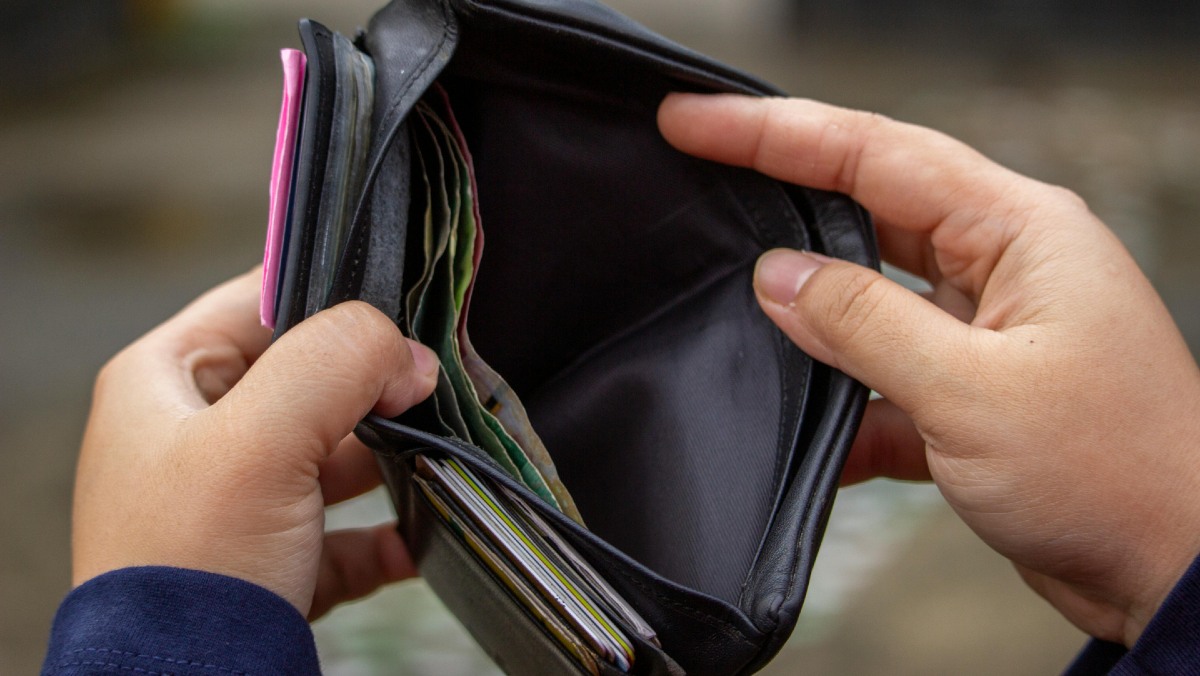
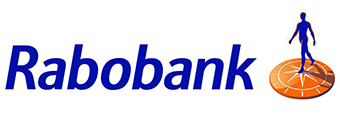
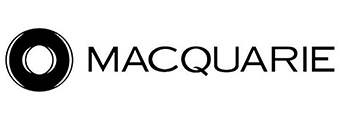
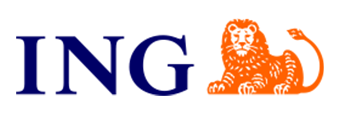
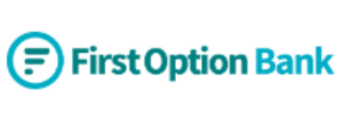
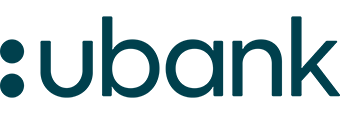


 Harry O'Sullivan
Harry O'Sullivan
 Harrison Astbury
Harrison Astbury
